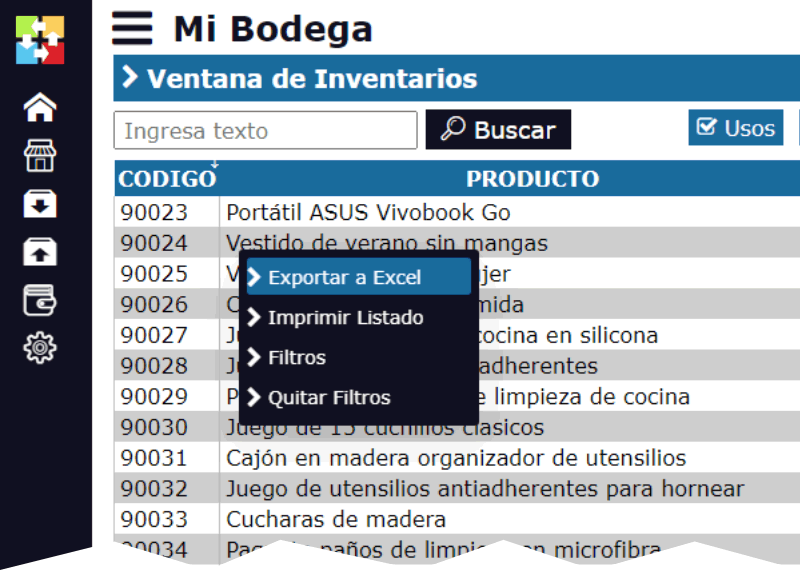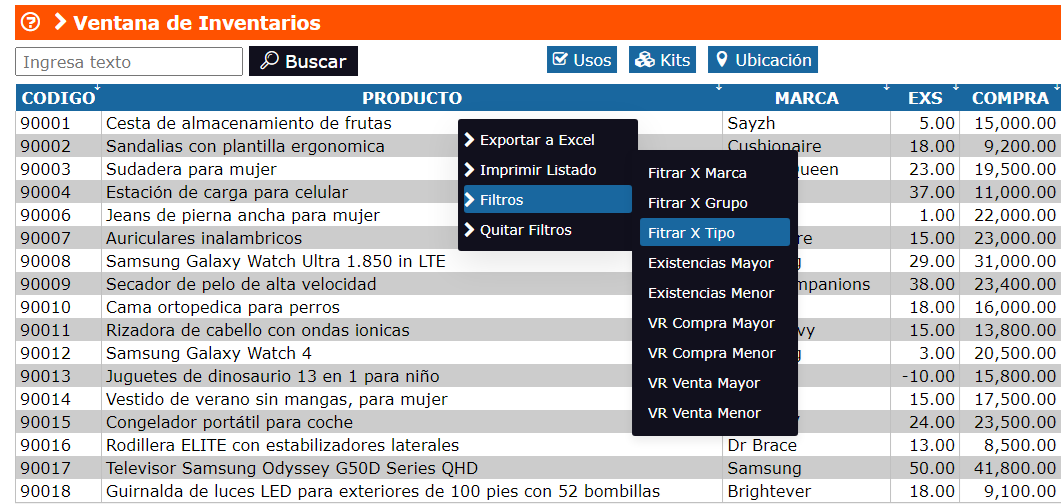What is an Account Receivable?
Financial management of any company, accounts receivable (AR) are a key element to ensure stability and growth of the business. But, what exactly are accounts receivable and why are they so important?

Definition of Accounts Receivable
Accounts receivable represent the money that a company is entitled to receive from its customers for products or services that have already been delivered, but have not yet been paid. In other words, they are the credit sales that the company has made and that are pending payment.
Example of Accounts Receivable
Let's assume that a provider of electronic equipment sells a batch of computers to a company with a payment agreement of 60 days. Although the products are delivered immediately, the payment will be made on a future date. During that period, the amount that the company is entitled to receive is recorded as an account receivable.
Importance of Accounts Receivable
Accounts receivable are crucial for a company's cash flow. Proper management of these accounts ensures that the company maintains the necessary liquidity to operate, invest in new projects, and meet its own financial obligations. Additionally, effective management of accounts receivable can help reduce the average days to collect, thus improving cash turnover.
Accounts Receivable in Inventarios1A
In Inventarios1A, our online inventory system, accounts receivable are managed efficiently and organized. When a credit sale is registered, Inventarios1A automatically creates the corresponding account receivable, facilitating the tracking of each pending payment. The system allows for detailed reports on accounts receivable, setting reminders for payments, and ensuring that future income is not overlooked.
Accounts Receivable vs. Accounts Payable
It is essential to distinguish between accounts receivable and accounts payable. While accounts receivable represent the money that the company expects to receive from its customers, accounts payable are the financial obligations that the company has with its suppliers. Both concepts are fundamental in accounting, but they focus on different aspects of financial management.
How to Manage Accounts Receivable
To manage accounts receivable properly, it is essential to have a system that allows for precise control of pending invoices and payment deadlines. Inventarios1A offers all these functionalities, helping companies to maintain a clear and up-to-date record of their accounts receivable. This not only facilitates the tracking of payments, but also allows for quick identification of any potential delays or problems in the collection process.
Accounts receivable are an essential pillar in the financial management of any company. They ensure that expected income materializes and allow for the necessary liquidity to maintain the continuous operation of the business. Using tools like Inventarios1A to automate and efficiently manage accounts receivable can make the difference between a solid cash flow and a problematic one, helping companies to thrive and grow sustainably.






